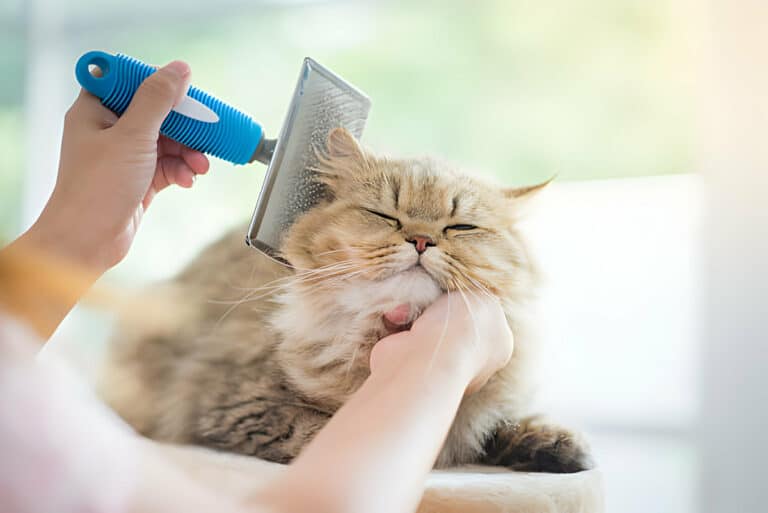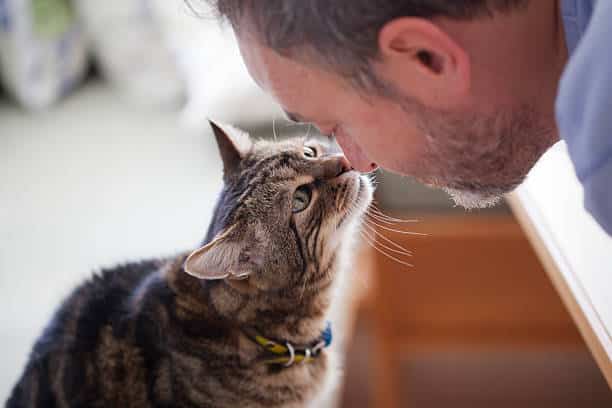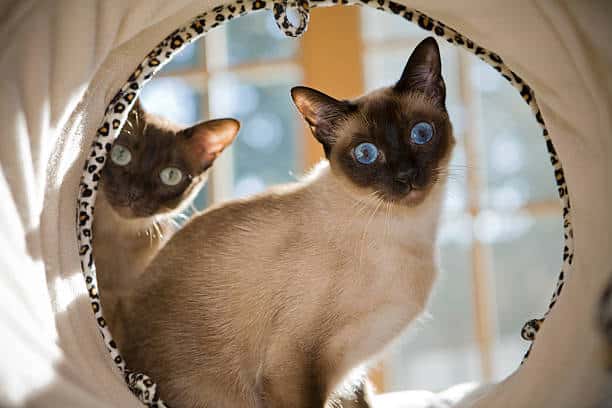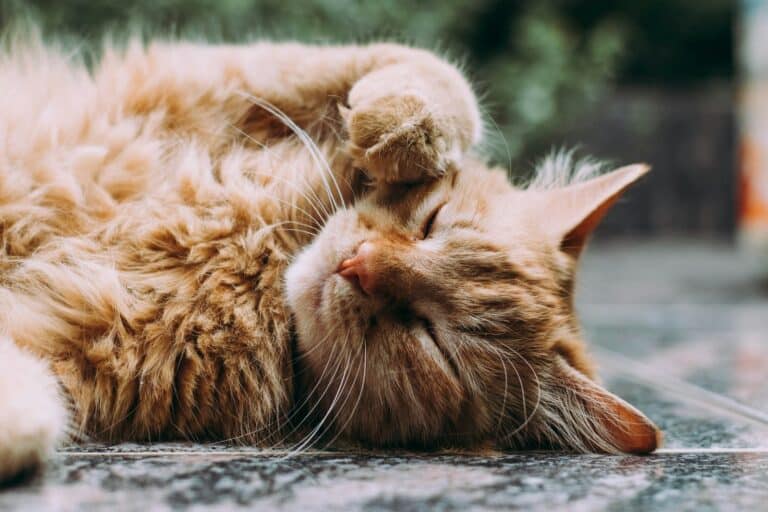DIY Cat Grooming – A Step-by-Step Guide
Most cat owners know the struggle of trying to groom their feline companion, only to be met with sharp claws and hissing. However, fear not! With the right techniques and a bit of patience, you can successfully groom your cat at home without the stress and cost of a professional groomer. In this step-by-step guide, we will walk you through the process of safely and effectively grooming your cat, from brushing their fur to trimming their nails. Say goodbye to shedding and tangles, and hello to a happy, well-groomed kitty!
Pre-Grooming Considerations
Factors to Consider Before Grooming Your Cat
To ensure a successful grooming session with your feline companion, there are several important factors to consider. First and foremost, consider your cat’s temperament and comfort level with grooming. Some cats may be more sensitive to grooming than others, so it’s important to approach the process with patience and understanding. Additionally, gather all necessary grooming supplies such as a cat-specific brush, pet-safe shampoo, and nail clippers before starting the grooming session. This will help streamline the process and make it more comfortable for your cat.
- Consider your cat’s temperament and comfort level
- Gather all necessary grooming supplies
- Approach the process with patience and understanding
This will help ensure a safe and successful grooming experience for both you and your beloved feline friend. Recall, grooming should be a positive and bonding experience for you and your cat.
Creating a Safe and Calm Environment
On top of gathering the necessary grooming supplies, creating a safe and calm environment is crucial for a successful grooming session with your cat. Start by choosing a quiet and comfortable location free from any distractions. Eliminate any loud noises or sudden movements that may startle your cat during grooming. Your cat’s safety and comfort should always be the top priority when grooming.
Types of Cat Grooming
Assuming you want to keep your feline friend looking their best, cat grooming is an crucial part of their care routine. There are various types of grooming that you can perform at home to ensure your cat’s coat and overall health are in top condition.
Importantly, the information should be broken down into a table with 2 columns and 5 rows:
| 1. Brushing and Combing | 4. Nail Trimming |
| 2. Bathing | 5. Ear and Eye Care |
| 3. Grooming |
Brushing and Combing
Even short-haired cats can benefit from regular brushing to remove loose hair and prevent matting. For long-haired breeds, daily brushing is crucial to prevent tangles and matting, which can be painful for your cat. A grooming comb can be used to detangle knots gently.
Bathing
Clearly, most cats do not require regular baths as they groom themselves effectively. However, if your cat gets into something sticky or dirty, a bath may be necessary. It’s important to use a cat-friendly shampoo and to rinse thoroughly to avoid skin irritation.
Grooming.
Nail Trimming
Even indoor cats need their nails trimmed to prevent them from growing too long and causing discomfort or getting caught in furniture. It’s best to use cat-specific nail clippers and to trim the nails carefully to avoid cutting into the quick, which is a sensitive part of the nail.
Combing.
Ear and Eye Care
Even if your cat keeps themselves clean, it’s important to regularly check their ears and eyes for any signs of infection or irritation. You can gently clean around the eyes with a damp cloth and check the ears for redness or unusual odors, which may indicate an issue that requires a vet’s attention.
Types of cat grooming can vary depending on your cat’s breed and individual needs, but incorporating these basic grooming practices into your routine can help keep your feline companion healthy and happy.
The Step-by-Step Guide to DIY Cat Grooming
| Tips for a Successful Grooming Session |
Tips for a Successful Grooming Session
- Start by creating a calm environment to help your cat relax.
- Use high-quality grooming tools that are suitable for your cat’s fur type.
- Be patient and gentle to avoid stressing out your cat during the grooming process.
- Reward your cat with treats and praise to make grooming a positive experience.
Guide your cat through the grooming process by following these tips for a successful session. Perceiving your cat’s body language will help you understand if they are comfortable or need a break.
| Step-by-Step Process for Each Grooming Type |
Step-by-Step Process for Each Grooming Type
Each type of grooming, whether it’s brushing, nail trimming, or bathing, requires a specific process to ensure your cat’s comfort and safety during the session.
| Step-by-Step Process for Each Grooming Type |
Pros and Cons of DIY Grooming
| Advantages | Disadvantages |
| – Cost-effective | – Risk of injury to cat or self |
| – Familiar environment for the cat | – Lack of professional expertise |
| – Bonding experience with your cat | – Difficulties with handling uncooperative cats |
Advantages of Grooming Your Cat at Home
Grooming your cat at home can be a cost-effective solution, allowing you to save money on professional grooming services. It also provides a familiar and comfortable environment for your cat, reducing stress during grooming sessions and strengthening the bond between you and your feline companion.
Challenges and Considerations
Clearly, grooming your cat at home comes with its set of challenges and considerations. The risk of injury to either your cat or yourself is a significant concern, especially if your cat is not accustomed to grooming sessions. Handling uncooperative cats can also prove to be challenging, requiring patience and gentle techniques to ensure a successful grooming experience.
This emphasizes the importance of understanding your cat’s behavior and body language to effectively groom them at home. Regular practice, positive reinforcement, and proper grooming tools are necessary for a smooth grooming process. Taking the necessary precautions and seeking professional help when needed can help mitigate the challenges associated with DIY grooming.
To wrap up
As a reminder, DIY cat grooming can be a simple and rewarding task when done correctly. By following the step-by-step guide provided, you can help keep your furry friend clean, healthy, and happy. Remember to use the right tools, be patient, and always prioritize your cat’s comfort and safety. With a little practice and consistency, you can become an expert at grooming your cat at home, saving time and money while strengthening the bond between you and your feline companion. Happy grooming!
FAQ
Q: Why is grooming important for cats?
A: Grooming is crucial for maintaining a cat’s overall health and well-being. It helps prevent matting, reduces shedding, minimizes hairballs, and allows for early detection of any skin issues or abnormalities.
Q: How often should I groom my cat?
A: The frequency of grooming depends on the length and type of your cat’s fur. Short-haired cats may need grooming once a week, while long-haired cats may require grooming every day to prevent matting and tangling.
Q: What are some tips for DIY cat grooming at home?
A: When grooming your cat at home, make sure to use tools specifically designed for cats, such as a slicker brush or a comb. Take your time and be gentle, especially around sensitive areas like the belly and underarms. Reward your cat with treats or praise to make the grooming experience more enjoyable for them.







